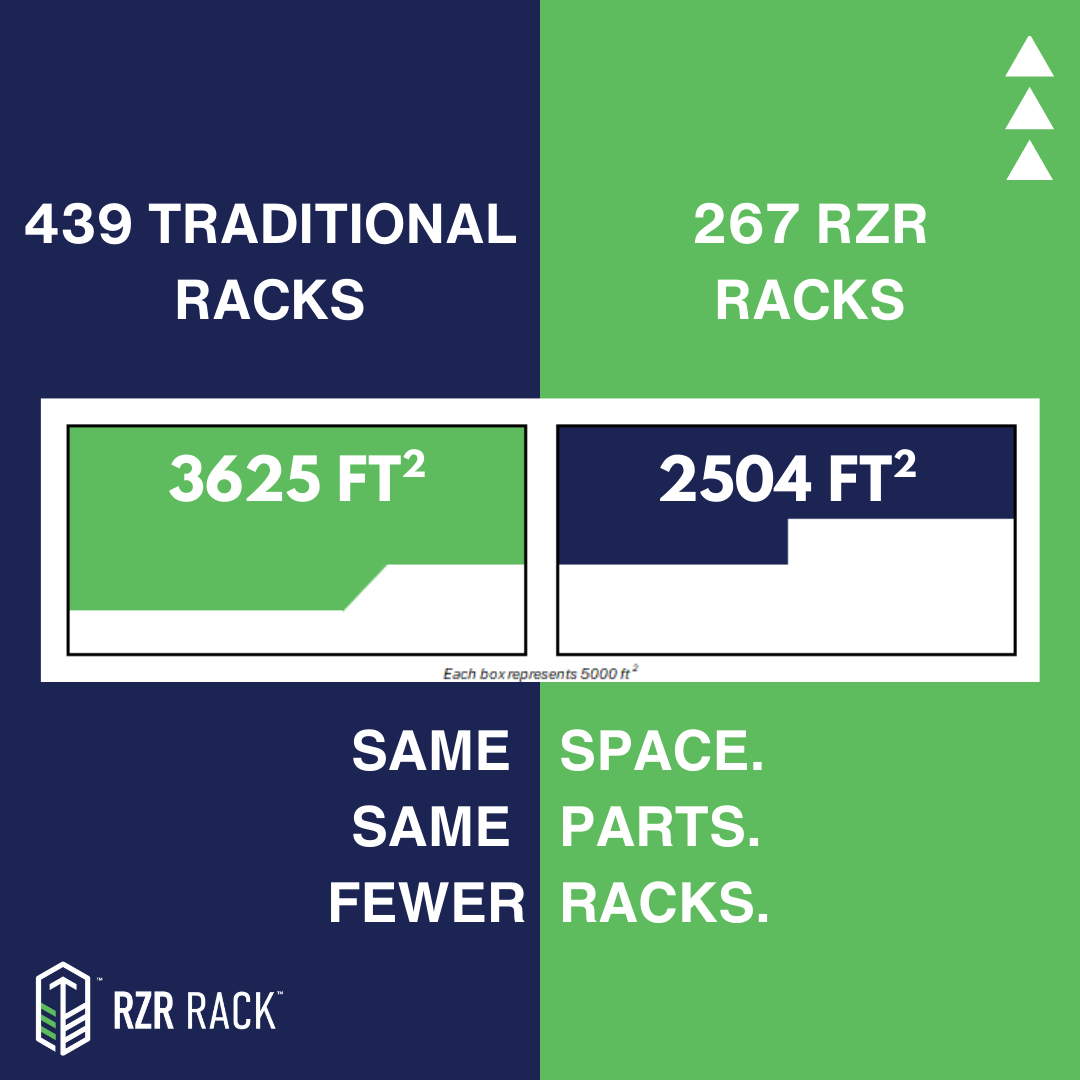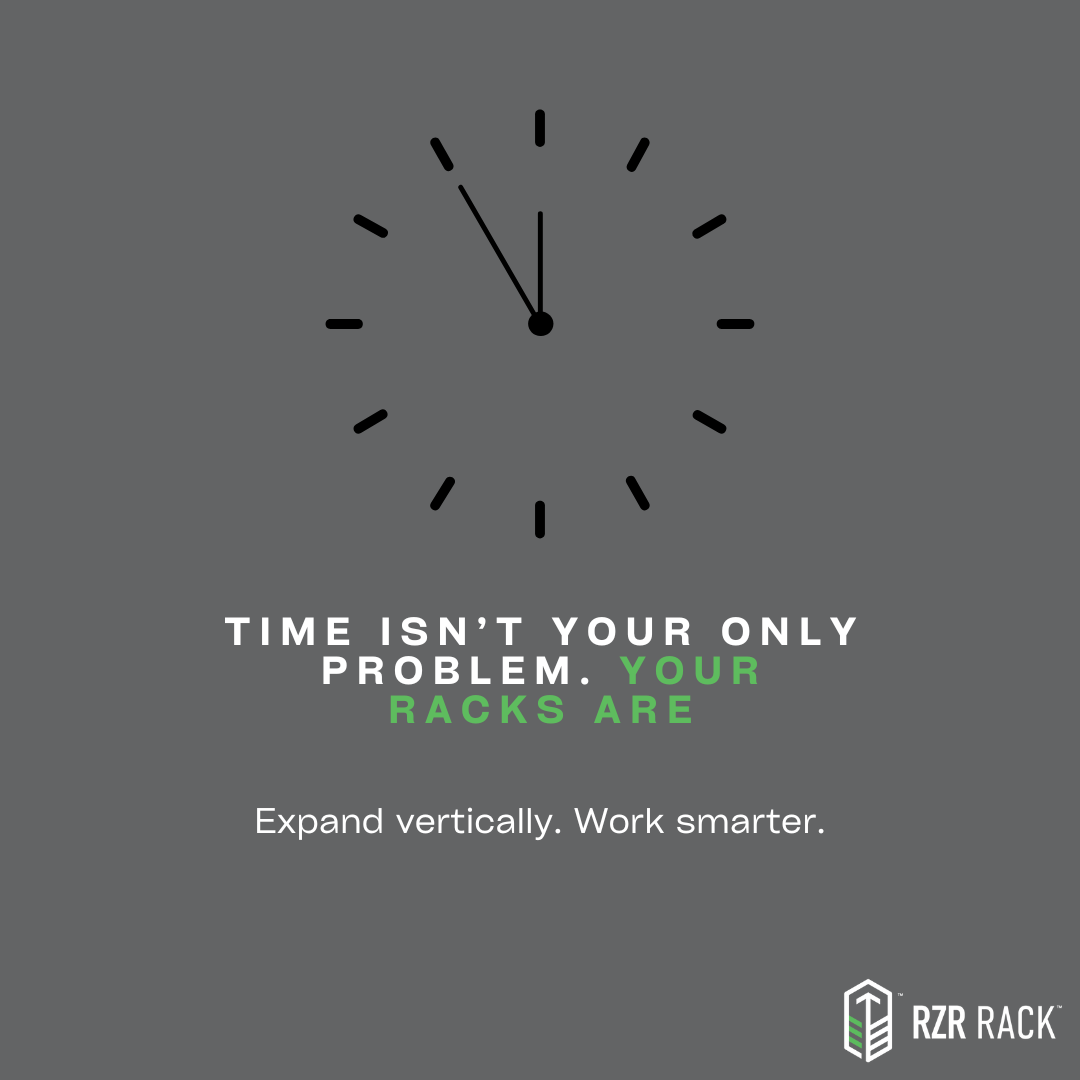In our previous post, we discussed strategies to tackle space constraints in manufacturing facilities. One common workaround for limited space is to use offsite warehouses. While this might seem like a straightforward solution, it comes with its own set of challenges and hidden costs that can significantly impact your bottom line. In this post, we’ll delve into the downsides of relying on offsite warehouses and the true costs involved.
The True Costs of Offsite Warehousing
1. Freight and Transportation Costs: Shipping parts and materials between your manufacturing facility and offsite warehouses can quickly add up. Freight costs can be substantial, especially with the rising costs of fuel and transportation. Regular back-and-forth shipments not only eat into your budget but also contribute to environmental concerns due to increased carbon emissions.
2. Manpower and Labor Costs: Transporting goods between locations requires additional manpower. This includes drivers, loaders, and unloaders, all of whom need to be coordinated and managed. The costs of labor for these tasks can be significant, especially when considering overtime pay for extended working hours to meet production deadlines.
3. Loading and Unloading Time: The process of loading and unloading goods can be time-consuming and labor-intensive. This not only delays production schedules but also ties up valuable resources that could be used more efficiently elsewhere. Each minute spent on these tasks is a minute lost in the manufacturing process, reducing overall productivity.
4. Rental and Storage Costs: Renting offsite warehouse space comes with its own set of expenses. Rental costs can vary greatly depending on the location and size of the warehouse. Additionally, you may need to invest in security, climate control, and maintenance to ensure your goods are stored safely and in optimal conditions. These costs can quickly escalate and impact your overall profitability.
The Operational Drawbacks
1. Increased Complexity and Coordination: Managing offsite warehouses adds layers of complexity to your operations. Coordinating shipments, ensuring timely delivery, and managing inventory across multiple locations require robust systems and processes. Any misstep in this coordination can lead to delays, stockouts, or excess inventory, disrupting your production schedules.
2. Risk of Damage and Loss: The more frequently goods are transported, the higher the risk of damage or loss. Handling goods multiple times increases the chances of mishandling, leading to damaged products that cannot be used or sold. This not only incurs additional costs but also impacts customer satisfaction and brand reputation.
3. Reduced Flexibility and Agility: Having parts and materials stored offsite can reduce your facility’s flexibility and agility. Quick adjustments to production schedules or unexpected changes in demand become more challenging when you need to account for the time and effort required to bring necessary items from offsite locations. This lack of agility can hinder your ability to respond swiftly to market changes and customer needs.
Conclusion
While offsite warehousing may seem like a viable solution for space constraints, it comes with hidden costs and operational drawbacks that can significantly impact your efficiency and profitability. From freight and labor costs to the complexities of coordination and the risk of damage, relying on offsite warehouses can introduce more challenges than it solves.
Exploring alternative strategies, such as optimizing on-site storage and material handling, can help mitigate these issues. By investing in efficient solutions designed to maximize space utilization within your existing facilities, you can reduce reliance on offsite warehousing and enhance overall operational efficiency.
Stay tuned for more insights on how to address common manufacturing challenges and improve your operations. At Diverse Global, we are committed to providing innovative solutions that drive efficiency and productivity in the manufacturing sector.
About Us:
Diverse Global understands the unique challenges faced by manufacturers and is dedicated to providing solutions that optimize space utilization and streamline operations. Our RZR Rack, with its vertical expansion capability, is designed to help manufacturers maximize on-site storage and reduce reliance on offsite warehouses. Contact us to learn more about how our solutions can benefit your facility.
#Manufacturing #OffsiteWarehousing #OperationalEfficiency #CostManagement #MaterialHandling


